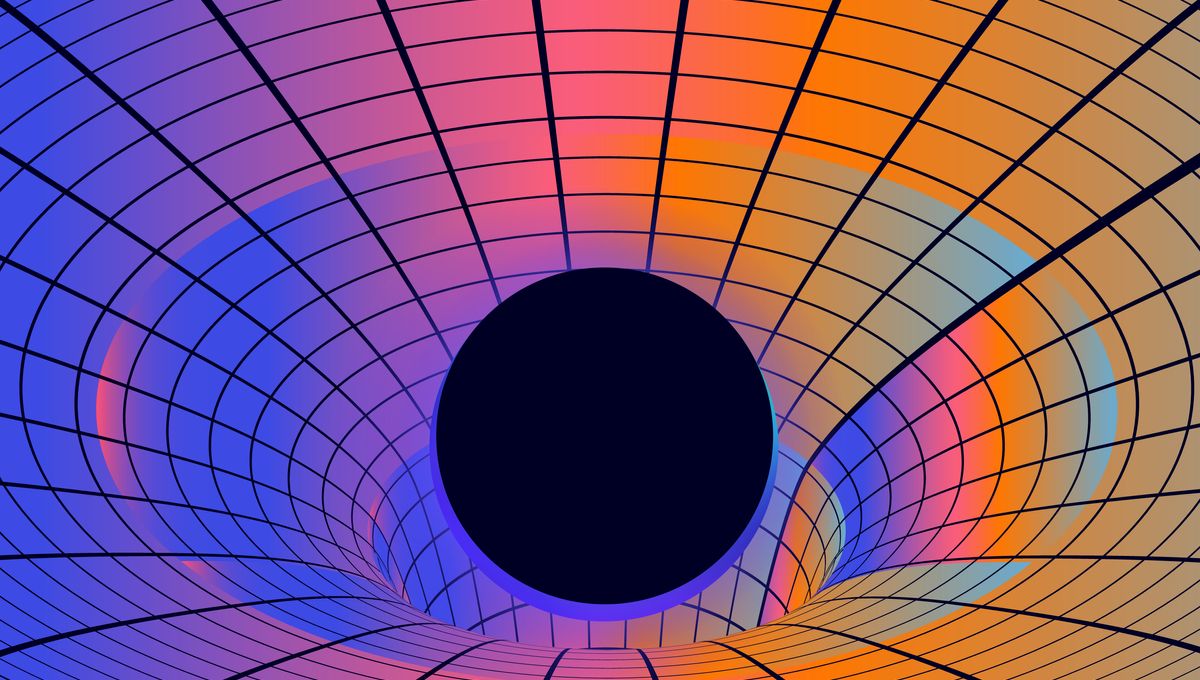
Researchers have been able to perform the first quantum “simulation” of a holographic wormhole using a quantum processor. They did not create a tunnel through space and time, unfortunately, but they were able to create a quantum setup that behaves just like a particle traveling through a wormhole. And this approach could be invaluable in surpassing the current limits of physics.
A wormhole, also known as an Einstein-Rosen bridge, is a theoretical solution of general relativity, which is our current best understanding of gravity. But we know that as theories go, relativity is limited. It doesn’t really work with quantum mechanics. Bridging these two theories is a major focus of modern physics, and one way to do it is with a theory called quantum gravity.
Among the various cornerstones of quantum gravity, there is the so-called holographic principle. Just like a hologram uses information in two dimensions to create the appearance of a three-dimensional object, the principle argues that in quantum gravity it is possible to understand the properties of a three-dimensional object by studying the effects on a lower-dimensional boundary. This can simplify a lot of problems.
One such problem is wormholes. In general relativity, the math allows for wormholes to exist, but they require negative energy – something that has not been found in physics. But theoretical work done in quantum gravity found similarities between wormholes and a process called quantum teleportation. And, it is much easier to simulate a wormhole by making it into a holographic one.
This connection allowed for the first test of quantum gravity on an actual quantum computer, the Google Sycamore processor. The system uses nine qubits – quantum bits, the basic information units used to do computations in quantum computers. A qubit was teleported across the processor in a way that was equivalent to it traveling across a traversable wormhole in two dimensions.
“We found a quantum system that exhibits key properties of a gravitational wormhole yet is sufficiently small to implement on today’s quantum hardware,” senior author Professor Maria Spiropulu, from Caltech, said in a statement. “This work constitutes a step toward a larger program of testing quantum gravity physics using a quantum computer. It does not substitute for direct probes of quantum gravity in the same way as other planned experiments that might probe quantum gravity effects in the future using quantum sensing, but it does offer a powerful testbed to exercise ideas of quantum gravity.”
The team admits that the wormhole representation is approximate, but it is a step forward in creating ways to study quantum gravity. The researchers plan to build on this, both in terms of the hardware used as well as a better theoretical understanding of the quantum gravity problem being simulated.
The work is published in the journal Nature.
Source Link: A Wormhole Has Been Simulated With A Quantum Computer